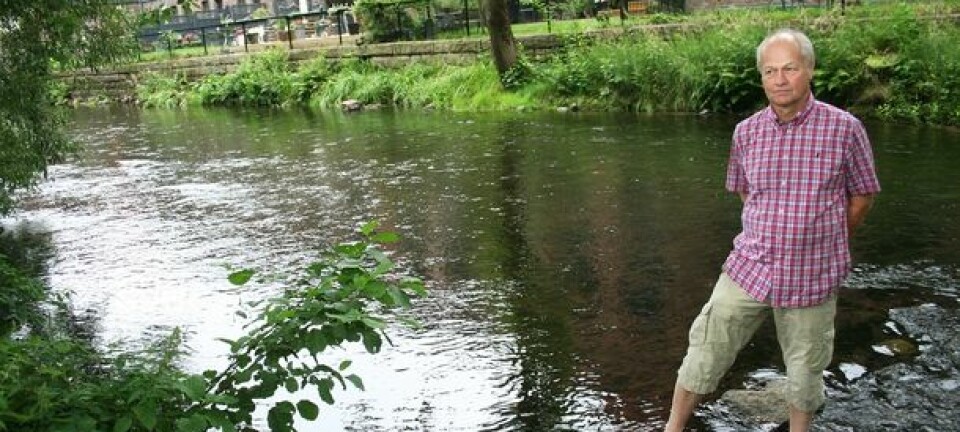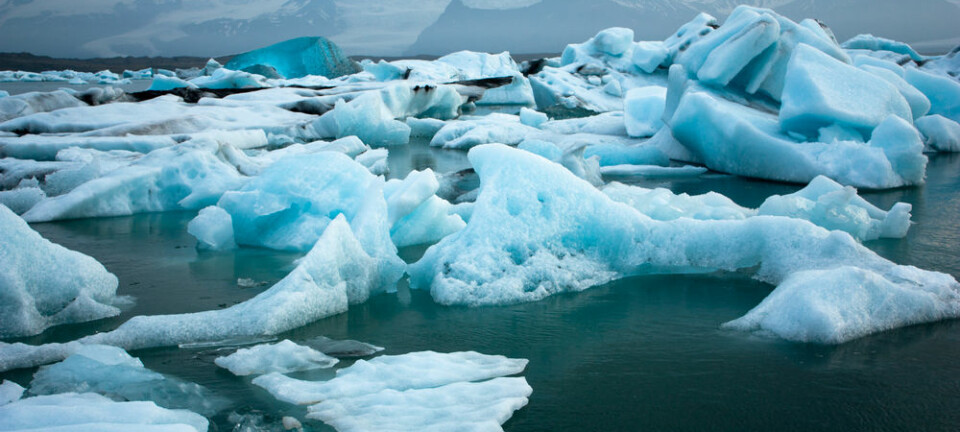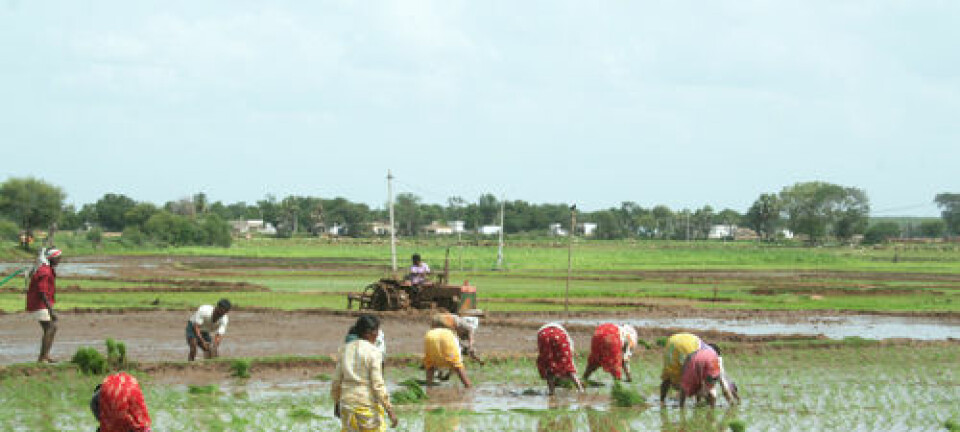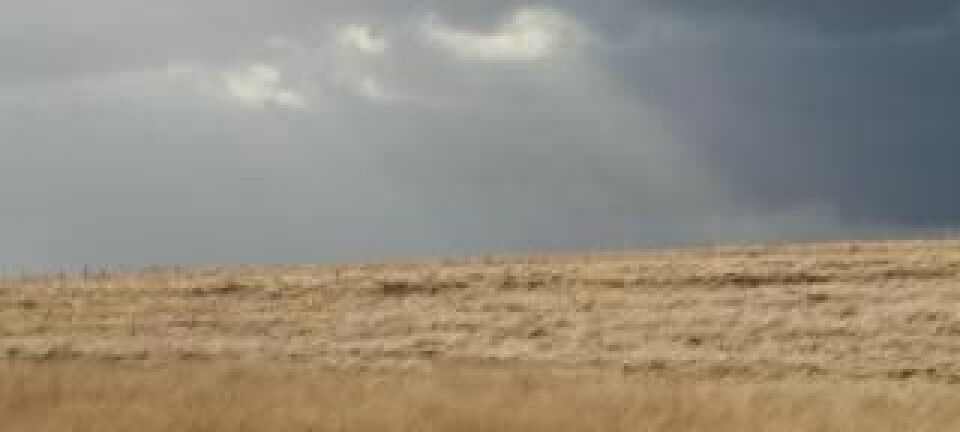An article from Norwegian SciTech News at SINTEF
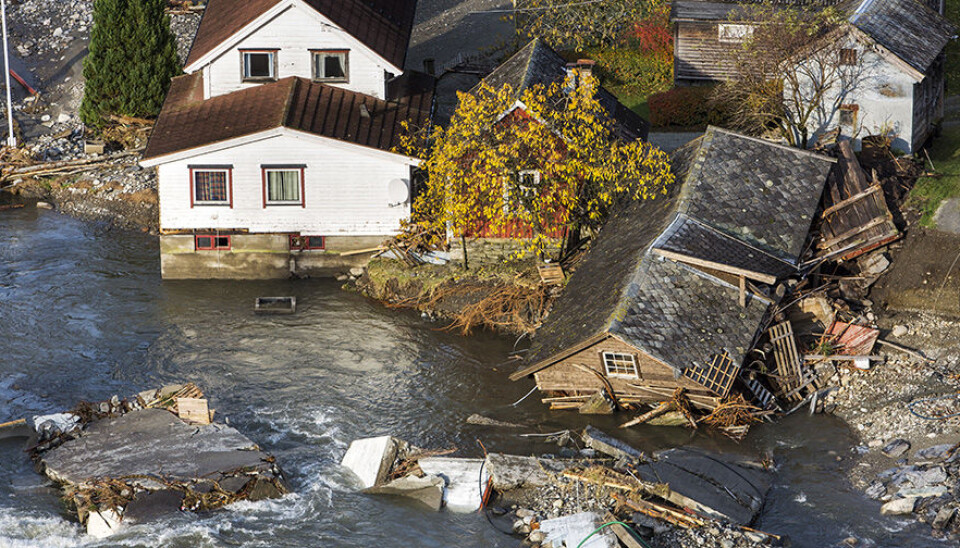
What do you do when extreme weather destroys your home?
Researchers are studying how Norwegian communities are tackling climate change and extreme weather events.
Denne artikkelen er over ti år gammel og kan inneholde utdatert informasjon.
“Arthur,” “Katrina”, “Allan” and “Bertha”… maybe they’re friends you enjoy running into at the store or bus stop, but they’re also examples of extreme weather events that have ravaged European and North American communities in recent years.
Such extreme events often have enormous economic consequences, but they also represent irreplaceable losses for people whose homes have been destroyed. Since extreme weather is one consequence of climate change, we know that we need to prepare ourselves for more “Arthurs” and “Katrinas” in the coming years.
Climate scientists at NTNU’s Department of Geography have previously mapped the vulnerability of Norway’s municipalities and population to floods, landslides and storms.
The researchers are now conducting a new research project to learn what qualities support communities in preparing for and managing natural hazards and climate-related events, and how communities manage to get back on their feet afterward.
Battled flames
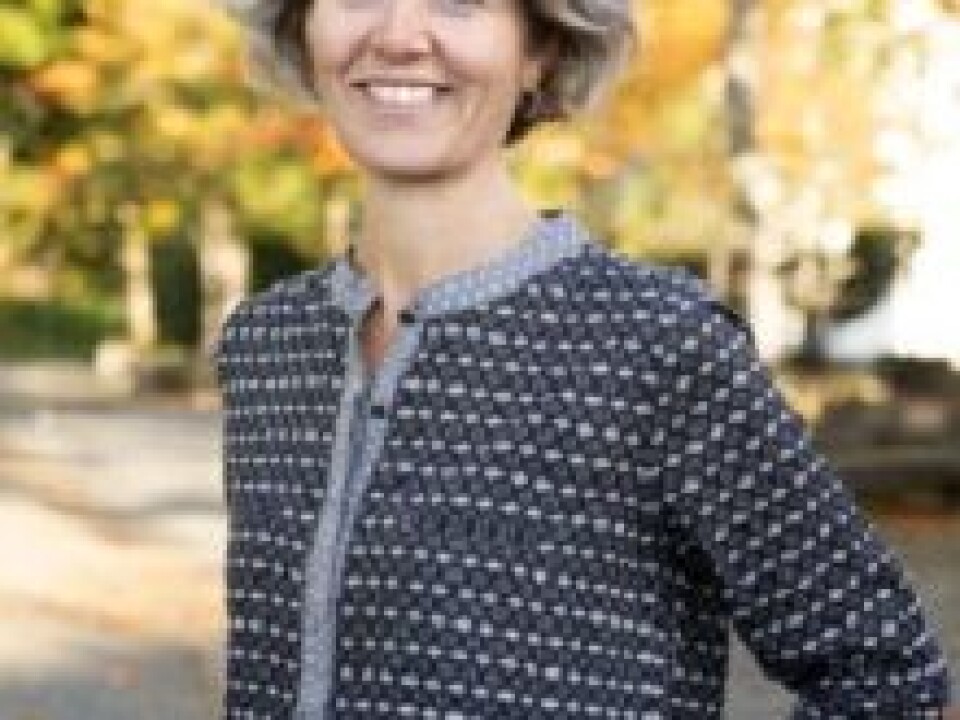
Flash back to January 2014. In a matter of days, three Norwegian communities were hit by large fires. The fires in the municipalities of Laerdal, Flatanger and Freya had several things in common. Weather conditions were difficult, and wind and drought caused the flames to spread rapidly. Neighbours rolled up their sleeves, volunteers helped to extinguish the fires and evacuate people, and villagers took care of all those who were directly affected by the fires.
Major fires turn life upside down, but these locals received kudos for the way they handled the disaster, and how quickly they were able to move forward. What qualities do these three communities share that allowed them to effectively handle the crises?
Researchers in the Department of Geography are looking to find the answers to this very question.
Who’s responsible in a crisis?
Gunhild Setten is a Professor of Geography at NTNU and heads up the research project Climate Change and Natural Hazards: The Geography of Community Resilience in Norway (ClimRes).
She says that discussions often revolve around who bears responsibility when major natural events occur. In the 2013 TNS Gallup Climate Barometer report that surveys Norwegians’ attitudes on climate and energy policy issues, two out of three people polled said that they believed the government had the greatest responsibility to minimize the risk of natural disasters.
Negotiations about who should take responsibility following a disaster are common, and can be controversial, Setten says. That is not always the case, however. Flatanger, a municipality in Nord-Trøndelag county, managed to process construction cases at a record pace after the huge fire there in January 2014.
“It’s important that we understand the many site-specific characteristics and adjust for local situations. The type of event in question is also of great importance,” says Setten.
Fieldwork in Norwegian communities
Already in August, one month after the start of the ClimRes research, doctoral student Silje Aurora Andresen travelled to Laerdal to interview residents and collect data for the project. In January 2015, one year after the great fire, she visited Laerdal again – and invited residents to an open meeting.
“In today’s debates about centralization and mergers, risk of injury and resilience, this research contributes an alternative to the viewpoint that bigger is better. And even if a community is particularly vulnerable, it doesn’t necessarily mean that it lacks the ability to cope with extreme events,” Andresen says.
Fieldwork in other Norwegian communities that have been affected by extreme weather events or other natural disasters will also be part of the ClimRes project.
The fieldwork will include a sweeping national survey on the topic of natural hazards, and interviews with residents of communities that have experienced disasters. Researchers will develop maps that illustrate community resiliency to climate change effects. The knowledge gained from the project will be applied and adapted to local conditions.
---------------------------------------
Read this article in Norwegian at Gemini.no









